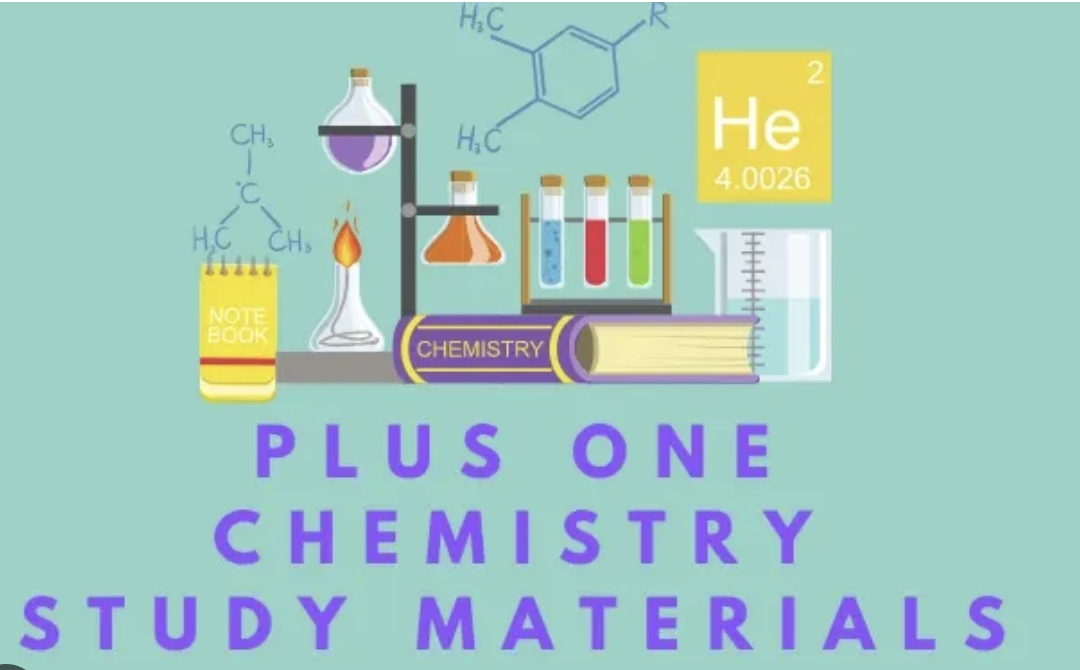This chapter explores the discovery of subatomic particles and the evolution of atomic models, from Thomson’s plum pudding model to the modern quantum mechanical model. Students learn about atomic orbitals, quantum numbers, and electron configurations, which explain the periodic patterns in element properties. The chapter bridges classical physics concepts with quantum mechanics, giving students insight into how scientists developed our current understanding of atomic structure through experimental evidence.
Chapter 2: Structure of Atom
The atom, once thought to be indivisible, is now known to have a complex structure. Our understanding of atomic structure has evolved through various models, each improving upon the previous one based on new experimental evidence.
Subatomic Particles
The three fundamental particles that make up an atom are electrons, protons, and neutrons. The electron was discovered by J.J. Thomson in 1897 through cathode ray experiments. It has a negative charge (-1.602 × 10⁻¹⁹ coulombs), negligible mass (9.1 × 10⁻³¹ kg), and is located outside the nucleus. The proton was discovered by E. Goldstein in 1886 through anode ray experiments. It has a positive charge equal in magnitude to that of an electron but opposite in sign, a mass of 1.67 × 10⁻²⁷ kg (approximately 1836 times that of an electron), and is located in the nucleus. The neutron was discovered by James Chadwick in 1932. It has no charge, a mass slightly greater than that of a proton (1.67 × 10⁻²⁷ kg), and is also located in the nucleus.
Atomic Models
Our understanding of atomic structure has evolved through several models:
The Thomson Model (1898), also known as the “plum pudding” model, proposed that the atom is a positively charged sphere with electrons embedded in it, much like plums in a pudding. This model explained the neutrality of atoms but failed to account for the results of Rutherford’s gold foil experiment.
The Rutherford Model (1911) was based on the famous gold foil experiment, where alpha particles were directed at a thin gold foil. Most particles passed through, but some were deflected at large angles. This led Rutherford to propose that the atom consists of a small, dense, positively charged nucleus at the center with electrons revolving around it in circular orbits. While this model explained the scattering results, it couldn’t explain why electrons don’t spiral into the nucleus due to energy loss.
The Bohr Model (1913) addressed this issue by suggesting that electrons move in fixed, stable orbits (energy levels) around the nucleus. Each orbit has a specific energy, and electrons can jump from one orbit to another by absorbing or emitting energy. This model successfully explained the line spectrum of hydrogen but failed for multi-electron atoms.
Quantum Mechanical Model
The current understanding of atomic structure is based on the quantum mechanical model, which treats electrons as waves rather than particles. Key concepts include:
Wave-particle duality, proposed by Louis de Broglie, suggests that electrons (and all matter) exhibit both particle and wave properties. This dual nature is described by the relation λ = h/mv, where λ is wavelength, h is Planck’s constant, m is mass, and v is velocity.
Heisenberg’s Uncertainty Principle states that it is impossible to determine simultaneously both the position and momentum of an electron with absolute precision. The more accurately we know one, the less accurately we can know the other.
The quantum mechanical model describes the electron’s location in terms of probability rather than definite orbit. The region where the probability of finding an electron is maximum is called an orbital. The state of an electron in an atom is completely described by four quantum numbers:
- Principal Quantum Number (n): Determines the main energy level or shell (values: 1, 2, 3, …)
- Azimuthal Quantum Number (l): Determines the subshell or orbital shape (values: 0 to n-1, corresponding to s, p, d, f)
- Magnetic Quantum Number (m): Determines the orientation of the orbital in space (values: -l to +l)
- Spin Quantum Number (s): Describes the direction of electron spin (values: +½ or -½)
Electronic Configuration
The arrangement of electrons in various orbitals of an atom is called its electronic configuration. It follows these principles:
The Aufbau Principle states that electrons fill orbitals in order of increasing energy levels. The order is 1s, 2s, 2p, 3s, 3p, 4s, 3d, and so on.
The Pauli Exclusion Principle states that no two electrons in an atom can have all four quantum numbers identical. This means each orbital can accommodate a maximum of two electrons with opposite spins.
Hund’s Rule states that when orbitals of equal energy are available, electrons first occupy them singly with parallel spins before pairing up. This minimizes electron-electron repulsion.
For example, the electronic configuration of oxygen (atomic number 8) is 1s² 2s² 2p⁴, indicating two electrons each in 1s and 2s orbitals, and four electrons in 2p orbitals.
Complete Chapter-wise Hsslive Plus One Chemistry Notes
Our HSSLive Plus One Chemistry Notes cover all chapters with key focus areas to help you organize your study effectively:
- Chapter 1 Some Basic Concepts of Chemistry
- Chapter 2 Structure of Atom
- Chapter 3 Classification of Elements and Periodicity in Properties
- Chapter 4 Chemical Bonding and Molecular Structure
- Chapter 5 States of Matter
- Chapter 6 Thermodynamics
- Chapter 7 Equilibrium
- Chapter 8 Redox Reactions
- Chapter 9 Hydrogen
- Chapter 10 The s Block Elements
- Chapter 11 The p Block Elements
- Chapter 12 Organic Chemistry: Some Basic Principles and Techniques
- Chapter 13 Hydrocarbons
- Chapter 14 Environmental Chemistry
